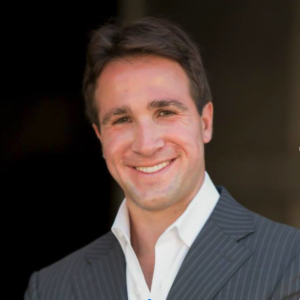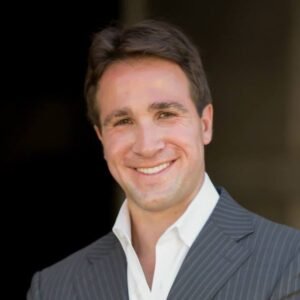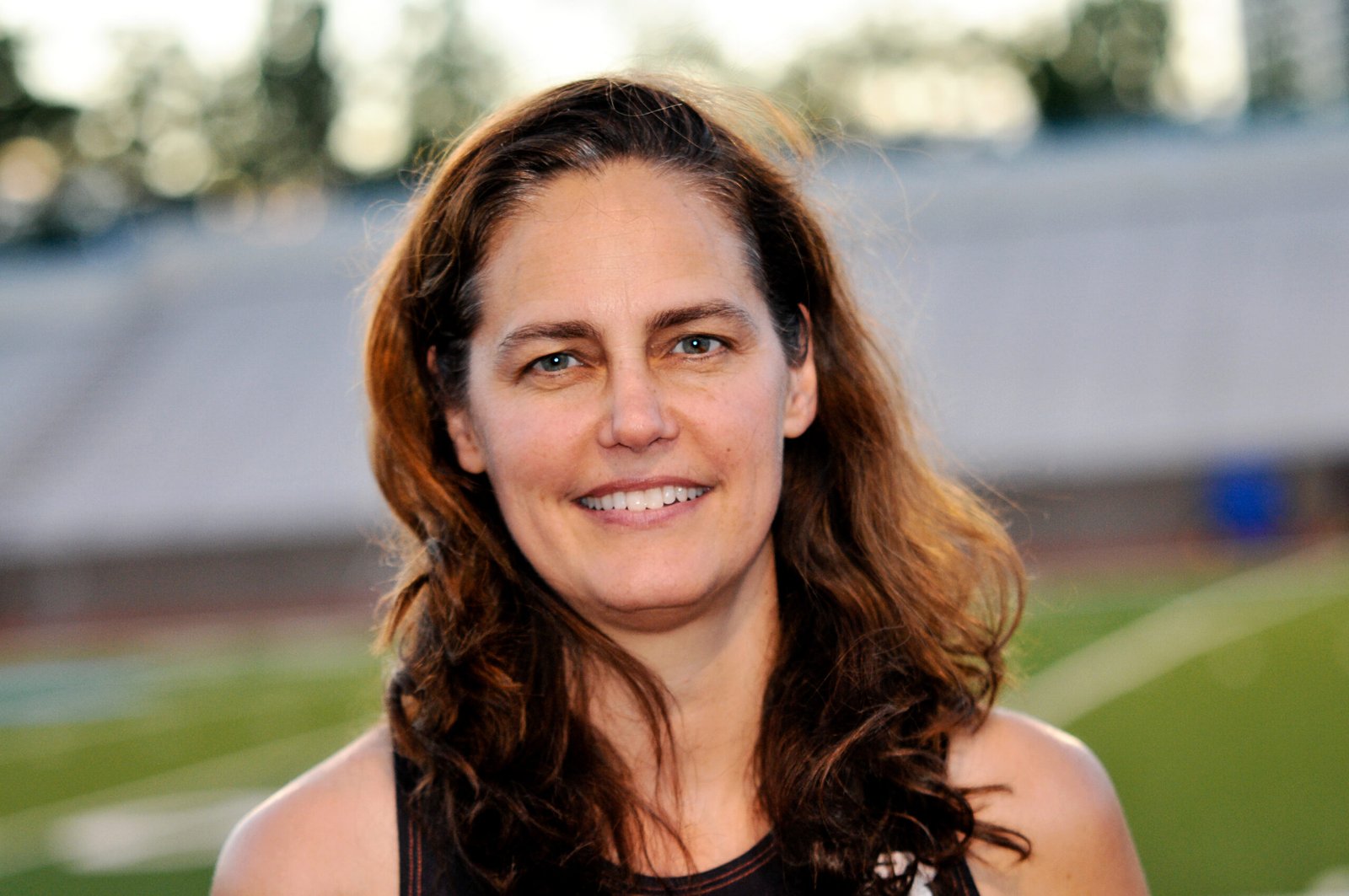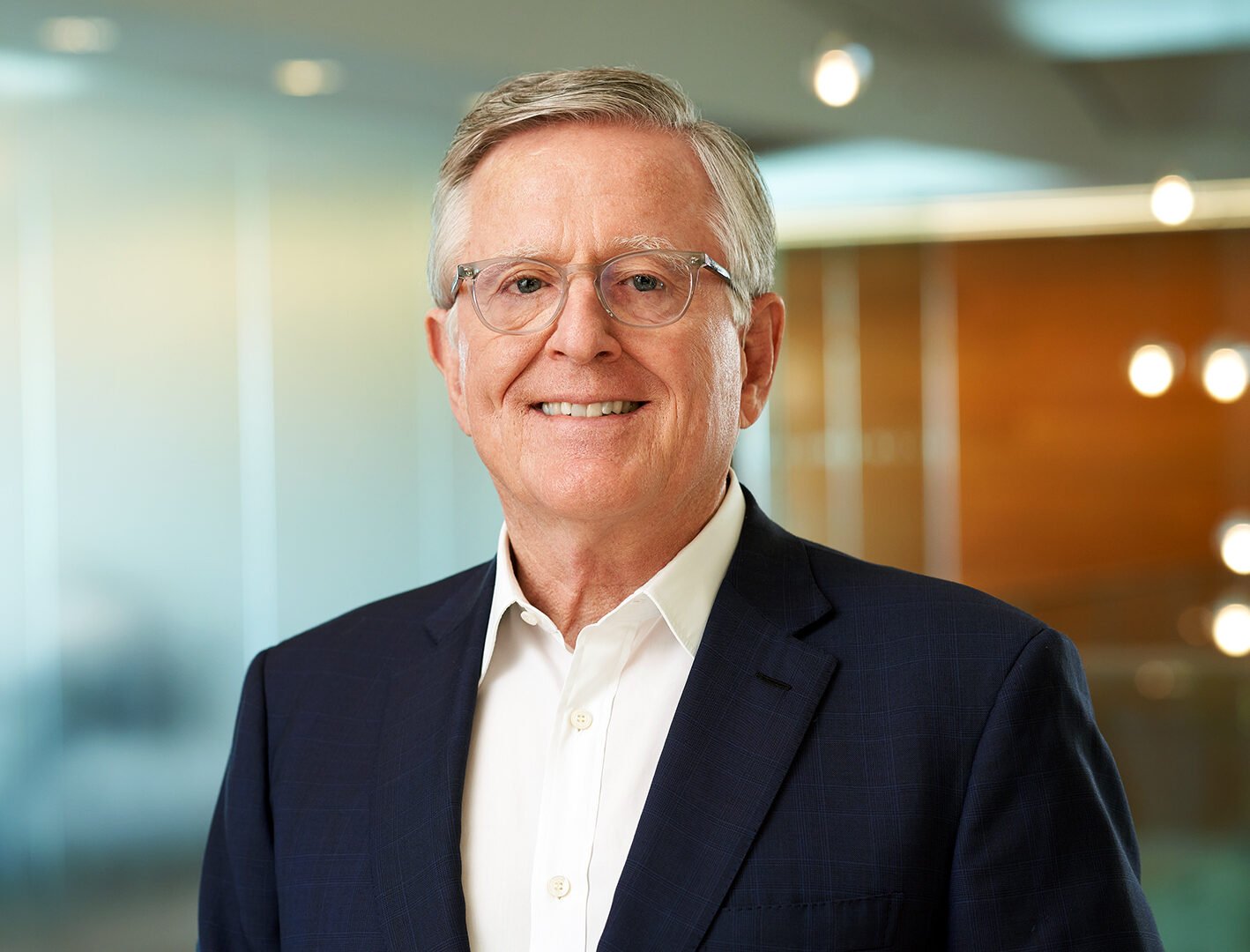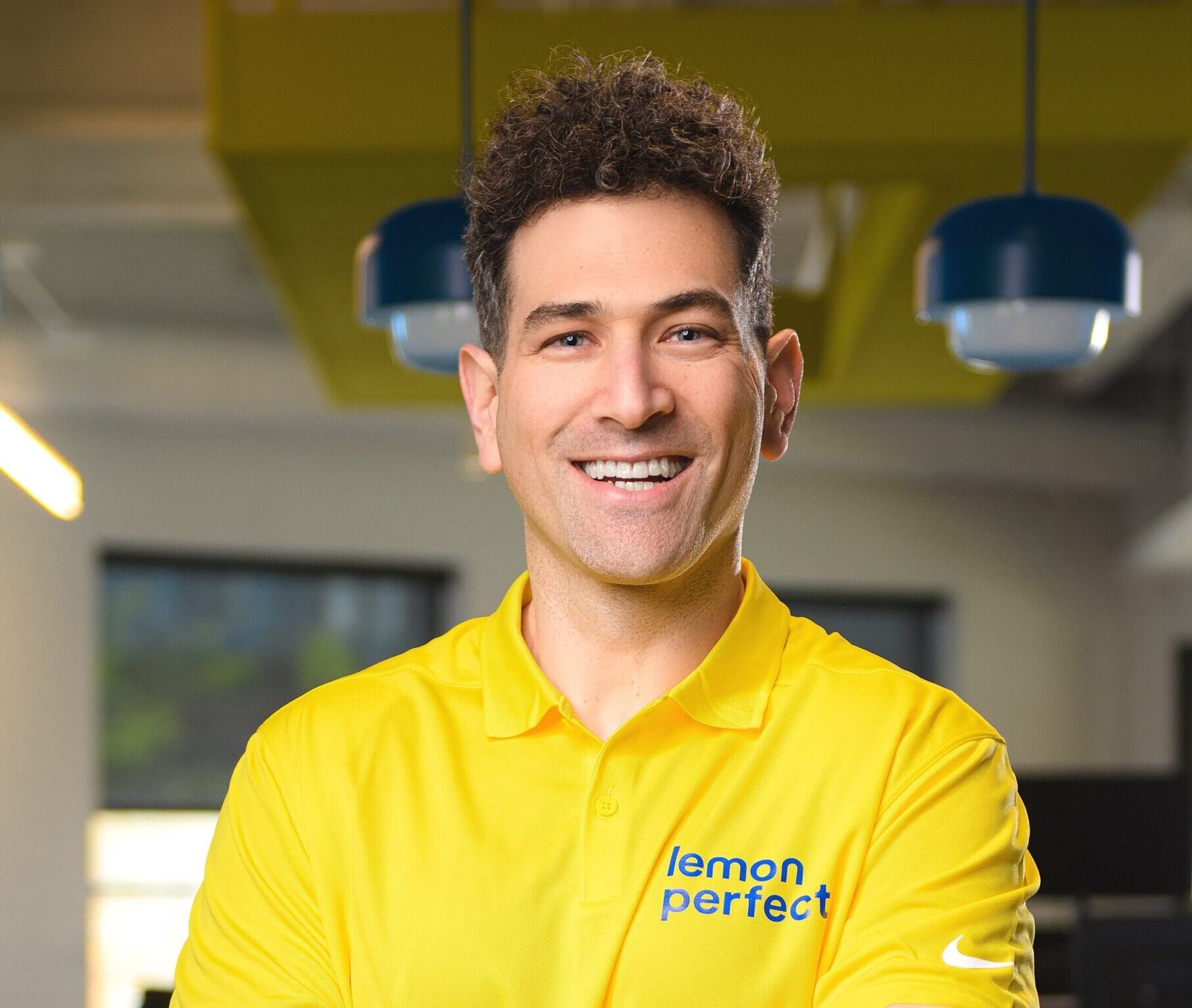Photo Credit: Mary Knox Miller
I recently went one on one with Tom Eisenmann. Tom is the Howard H. Stevenson Professor of Business Administration at Harvard Business School and the faculty co-chair of the Arthur Rock Center for Entrepreneurship. Since joining the HBS faculty in 1997, Tom has led The Entrepreneurial Manager, an introductory course taught to all first-year MBAs, and launched fourteen electives on all aspects of entrepreneurship, including one on startup failure. Tom has authored more than one hundred HBS case studies and is the author of Why Startups Fail: A New Roadmap for Entrepreneurial Success.
Adam: Thanks again for taking the time to share your advice. First things first, though, I am sure readers would love to learn more about you. How did you get here? What experiences, failures, setbacks or challenges have been most instrumental to your growth?
Tom: The setback that had the biggest impact on my growth was almost getting fired the first time I came up for promotion at Harvard Business School.
The setback that led me to launch the multi-year research project that culminated in my book was not being able to explain why a startup founded by former students of mine had failed. I’d encouraged the team, advised them, and invested in their company. The entrepreneurs did lots of things right; in particular, they followed Lean Startup practices and validated demand for their product with textbook-perfect minimum viable product tests – just as I’d taught them. So, was the playbook for entrepreneurial success I was teaching flawed, or maybe missing something? I could point to lots of potential reasons why this venture had failed, but I couldn’t pinpoint the root cause. Here I was, a supposed expert on entrepreneurship, but I was a failure at explaining failure!
In response, I resolved to do everything I could to figure out why startups failed — and how entrepreneurs can anticipate and avoid failure. If, despite this, founders still failed, I wanted to help them fail well – preserving their relationships, reputations, and integrity; learning from the experience; and bouncing back stronger.
Adam: From your experience and research, why do startups fail?
Tom: At the simplest level, most startups fail because they run out of cash and can’t raise more. But that’s not very helpful. It’s like saying a victim died from loss of blood. Was that due to a gunshot wound? If so, who fired the shot: a jealous spouse? Was it self-inflicted? As with forensics, we have to dig deeper to understand startup failure.
Of course, many startups fail due to events that can’t be predicted or controlled. Tens of thousands of small businesses shut down due to Covid. The same was true during the Great Recession of 2009. These failures are heartbreaking, but it’s not difficult to explain what happened.
My work focuses on startups that initially showed promise but failed due more to an entrepreneur’s mistakes than to misfortunes not under their control. I’ve identified six recurring patterns behind such failures. I won’t describe them all here, but to give a flavor, two of them focus on early-stage startups:
-
Good Idea, Bad Bedfellows: With this pattern, founders identify an attractive opportunity but fail to assemble the right resources to capitalize upon it. For example, the founders may lack domain expertise or battle over who’ll serve as CEO; other team members may bring the wrong mix of specialized skills and attitudes that are suited for chaotic startup rhythms; and investors may not add value beyond their capital or have risk/reward preferences that are not aligned with those of the founders.
-
False Starts: Other founders attract a solid complement of resources but fail to identify a good opportunity before they burn through their capital. Eager to build and sell their product, such founders often fail to conduct adequate upfront research before beginning engineering work. As a result, their product is not likely to meet customer needs. They can pivot, but they have boosted their failure odds by wasting time and money on a flawed concept.
Surprisingly, about one-third of late-stage ventures—firms that have attracted a big team and raised lots of money—fail to earn a positive return for investors. Here are a couple of the late-stage failure patterns I’ve identified:
-
Speed Trap: Strong early growth attracts enthusiastic investors who push for continued aggressive expansion. As the startup saturates its target market, the next wave of new customers may not find the company’s value proposition as compelling as early adopters. To attract more customers, the firm must spend heavily on marketing. At the same time, it must hire many new employees to support expansion. Coordinating their work requires formalized organizational processes, but founders often resist burgeoning bureaucracy. With too little structure, a scaling startup can spin out of control. As the venture burns through capital, investors eventually become reluctant to commit more.
-
Cascading Miracles: Founders of some startups devise bold, ambitious innovation plans that require some combination of radical changes in customer behavior; strategic partnerships with powerful corporations; technological breakthroughs; relaxation of regulations; and vast amounts of capital. Each of these requirements is “do or die,” so founders hope in vain for a series of miracles.
Adam: How can entrepreneurs best generate and test their business ideas?
Tom: To generate good ideas, entrepreneurs should follow best practices known to boost creativity when innovating. The best ideas come when individuals are deeply immersed in a problem—which is true for entrepreneurs who have lots of experience in the domain they are targeting—and when they are obsessed with solving the problem. Great ideas often incubate for a long time, and they can spring from subconscious processes—so give yourself plenty of time. And take lots of long showers! Successful inventors keep track of their ideas—say, in a notebook. Finally, look for productive collaborators. The lone genius inventor is more myth than reality.
To test your ideas, do a thorough round of customer discovery research to ensure you’ve identified a strong unmet need. This will entail lots of interviews with potential customers. In these conversations, work hard to avoid hearing what you want to hear, and avoid the temptation to pitch your product—which can be irresistible for an entrepreneur. There’s plenty of time for pitching later. Once you’ve got a fix on the right problem to solve, generate lots of potential solutions for this problem, and get customer feedback on quick-and-dirty prototypes for these solutions in order to zero in on the best solution.
Too many entrepreneurs embrace a problem-solution pair that they fervently believe in, without doing enough upfront research. They get emotionally attached to their concept and won’t consider alternatives, even when the universe is trying to tell them they are off-target. That impulse to skip research and get started is very understandable, given an entrepreneur’s bias for action. This is at the root of the False Start failure pattern mentioned above.
Adam: What advice do you have for entrepreneurs on how to grow and scale their businesses?
Tom: Entrepreneurs love growth. It’s how many of them measure progress. And growth can be a magnet for talent and investment.
But growth can strain a young organization, too, and trying to grow too fast kills many startups. To figure out if hypergrowth makes sense, entrepreneurs should take the RAWI test, which asks if they are ready, able, willing and impelled to scale rapidly. The test poses the following questions:
-
Ready? Does the venture have product-market fit—that is, does it meet customer needs and have a clear path to profitability? And, can the venture sustain product-market fit as it expands? Is its target market large enough to keep growing? Does the venture have a high enough profit margin to withstand a price/cost squeeze as rivals enter and new customers become harder to attract?
-
Able? Can the startup access the human and capital resources required to expand rapidly? Can it train large numbers of new workers and coordinate their efforts?
-
Willing? Are entrepreneurs truly eager to grow their business? Will doing so advance their original vision? Are they willing to incur the equity dilution that comes with raising lots of outside capital—and risk getting fired as investors take control of the startup’s board?
-
Impelled? Does the startup have aggressive rivals? Will it face clones and wake sleeping dragons? Will powerful network effects, high switching costs, and strong scale economies provoke competitors to pursue a land grab?
If the answer to any of the four questions—Ready? Able? Willing? Impelled?—is “no,” then the entrepreneur should think hard before stepping on the gas.
Adam: In your experience, what are the defining qualities of an effective leader?
Tom: Leaders should be wary of leadership advice! There’s a lot of it out there, and too much of it is “one-size-fits-all.” Of course, there are some universal attributes of great leaders. For example, leaders need followers, so they have to communicate a compelling vision and they have to build trust. But many of the qualities of effective leaders are situation-specific. What works for a general whose troops are outnumbered may not make sense for a middle school teacher trying to connect with kids who’ve never been supported in a classroom.
In the same spirit, first-time founders should think twice before following conventional wisdom about what makes a great entrepreneur. Again, there’s lots of advice out there: Just do it! Be frugal! Be persistent! Bring passion! Grow! Focus!
Most of this advice makes sense—most of the time. But following it blindly can actually increase your odds of failure. For example, as noted above, the entrepreneur who can’t resist the impulse to jump into action may skip upfront research and run the risk of a False Start.
Entrepreneurs are also told to trust their gut and move fast. For sure, decisiveness gives a founder an edge over big corporations who over-analyze an opportunity. But for bet-the-company decisions, you can’t trust your gut: it’ll be wracked by strong emotions. Slow down, think things over, and get lots of advice before you commit to a course of action.
Adam: What is the single best piece of advice you have ever received?
Tom: Don’t quit. Twenty years ago, when I faced my first up-or-out promotion at HBS, I was told my work was wobbly. If I wanted to keep going, they’d give me two more years to fix things, then reassess. A mentor told me that my odds of success were by no means assured, and I’d have good opportunities if I moved back into industry, so I should strongly consider hitting the eject button. But my wife knew that back in high school I’d had a penchant for quitting teams after I’d been benched. She said, “Quitting would feel good because you’re angry. And it’d be easy and fun, because you could avoid lots of hard work while starting a new job. Also, you could avoid a big ego blow if you don’t get promoted after spending another two years at HBS. But don’t quit! You love what you do. Figure out how to deliver what they need to see.” I followed this advice, worked my ass off, and got promoted. And I still love my job!
A few years later, reading the book Mindset by the psychologist Carol Dweck put this advice into focus for me. Dweck says people with a fixed mindset assume they are endowed with intellectual and physical capabilities that fundamentally determine what they can and cannot do. Those with a growth mindset believe they can improve at most tasks through practice. It turns out that insecure overachievers with a fixed mindset—like me when I was younger—will avoid challenging tasks, or will quit when the going gets tough, out of fear that they may fail. For them, failure would put a spotlight on their intrinsic limitations, and to defend their fragile egos, they’d rather not test those limits.

